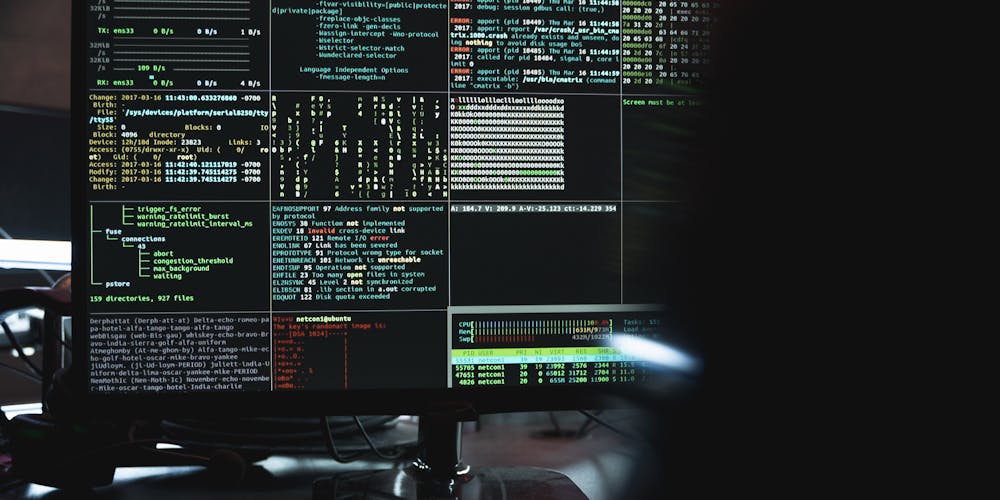The R programming language stands as a cornerstone of statistical computing, wielding significant influence in fields such as data analysis, machine learning, and scientific research. Given its pivotal role in interpreting vast quantities of data, security within its framework is paramount. The recent discovery of CVE-2024-27322 casts a spotlight on the imperative for robust safeguards against software vulnerabilities that could compromise data integrity.
Unpacking CVE-2024-27322
Understanding the Vulnerability
CVE-2024-27322 is a newly uncovered vulnerability within the R programming language, specifically associated with the handling of RDS files, which are used to serialize and deserialize R objects. Serialization is the process of converting R objects into a storable format, while deserialization is the reverse, interpreting serialized data back into R objects. The vulnerability has been assigned a CVSS score of 8.8, indicating that it is of high severity. This score reflects the potential damage and ease of exploitation that could impact any user dependent on the integrity of R packages.
Mechanisms of Exploitation
The exploitation of the CVE-2024-27322 vulnerability capitalizes on the language’s use of promise objects and lazy evaluation. In R, computations are not performed until the moment their results are needed, which is known as lazy evaluation. Malicious RDS files can exploit this feature by housing dangerous expressions within promise objects that remain dormant until accessed. This subtlety in execution allows for arbitrary code to be executed, presenting a profound risk should these files originate from an untrusted source.
Implications for the R Ecosystem
Attack Surfaces in Statistical Computing
The impact of CVE-2024-27322 extends across a multitude of sectors given R’s pervasive application in data-driven industries like finance, healthcare, and academia. The broad usage of R packages, including those for machine learning and big data analytics, becomes a potential vector for this vulnerability, threatening various statistical computing activities. The diverse and often complex ecosystems that rely on R’s capabilities now face increased scrutiny to protect their operational foundations from this risk.
The Threat of Supply Chain Attacks
R’s structure, particularly its package repositories like the Comprehensive R Archive Network (CRAN), could serve as conduits for supply chain attacks via CVE-2024-27322. The openness of CRAN’s submission process, while a boon for collaboration and growth, also ushers in risks for the propagation of compromised code. This possibility elevates the broader discourse around open-source security, reinforcing the need to examine shared code and dependencies critically.
Responding to the Security Risk
Mitigation and Patch Release
In response to CVE-2024-27322, the R Core Team has acted promptly to release patches to address the vulnerability, encapsulated in R version 4.4.0. This version is bolstered with corrections designed to prevent the execution of arbitrary code through RDS files. Updates for different platforms, including Windows and macOS, were made available, with corresponding advisories for Linux distributions to follow the prescribed security measures.
Strategies for Prevention and Vigilance
Defending against vulnerabilities like CVE-2024-27322 demands a proactive posture encompassing regular software updates, rigorous security audits, and a cautious approach to external code. Organizations should integrate these best practices, encouraging a security-first mindset. Users, from individuals to large entities, must remain vigilant, subscribing to notifications on vulnerability disclosures, and fostering a culture that prioritizes reviewing and sanitizing code from external packages.
Impact on R’s Data Security Moving Forward
Assessing the Long-Term Risks
The revelation of vulnerabilities such as CVE-2024-27322 has ripple effects that may challenge the trust placed in the R language, especially for applications where data security is non-negotiable. Assessing the potential long-term risks is an ongoing process that involves recognizing the evolving threat landscape and calibrating defenses accordingly. The stakes are high; thus, continuous evaluation and adjustment of security measures are critical to retaining confidence in R and its data security provisions.
Enhancing Security Protocols
The R programming language is a foundational tool in statistics, data analysis, and scientific research, playing a crucial role in sifting through and making sense of large data sets. In such domains, where data handling and analytical accuracy are vital, the security of R’s platform is of utmost importance.
The exposure of CVE-2024-27322 highlights the serious nature of security threats and the need for stringent measures to prevent potential breaches that could undermine the validity of data analysis. This vulnerability underscores the ongoing challenge in keeping statistical software secure, given that the exploitation of such flaws can lead to incorrect data interpretation or manipulation, with significant implications in the realms of science, technology, and business.
The R community and its diverse user base must stay vigilant and responsive to any security issues. Teams working on R’s development are tasked with promptly responding to and fixing such vulnerabilities, while users are encouraged to implement best practices in security to maintain the integrity of their data analysis workflows.
The interplay between the advancement of statistical tools and cybersecurity is complex, with each vulnerability like CVE-2024-27322 serving as a stark reminder of the need for a proactive stance on security, ensuring that R continues to be a reliable and trustworthy tool in our data-driven world.

